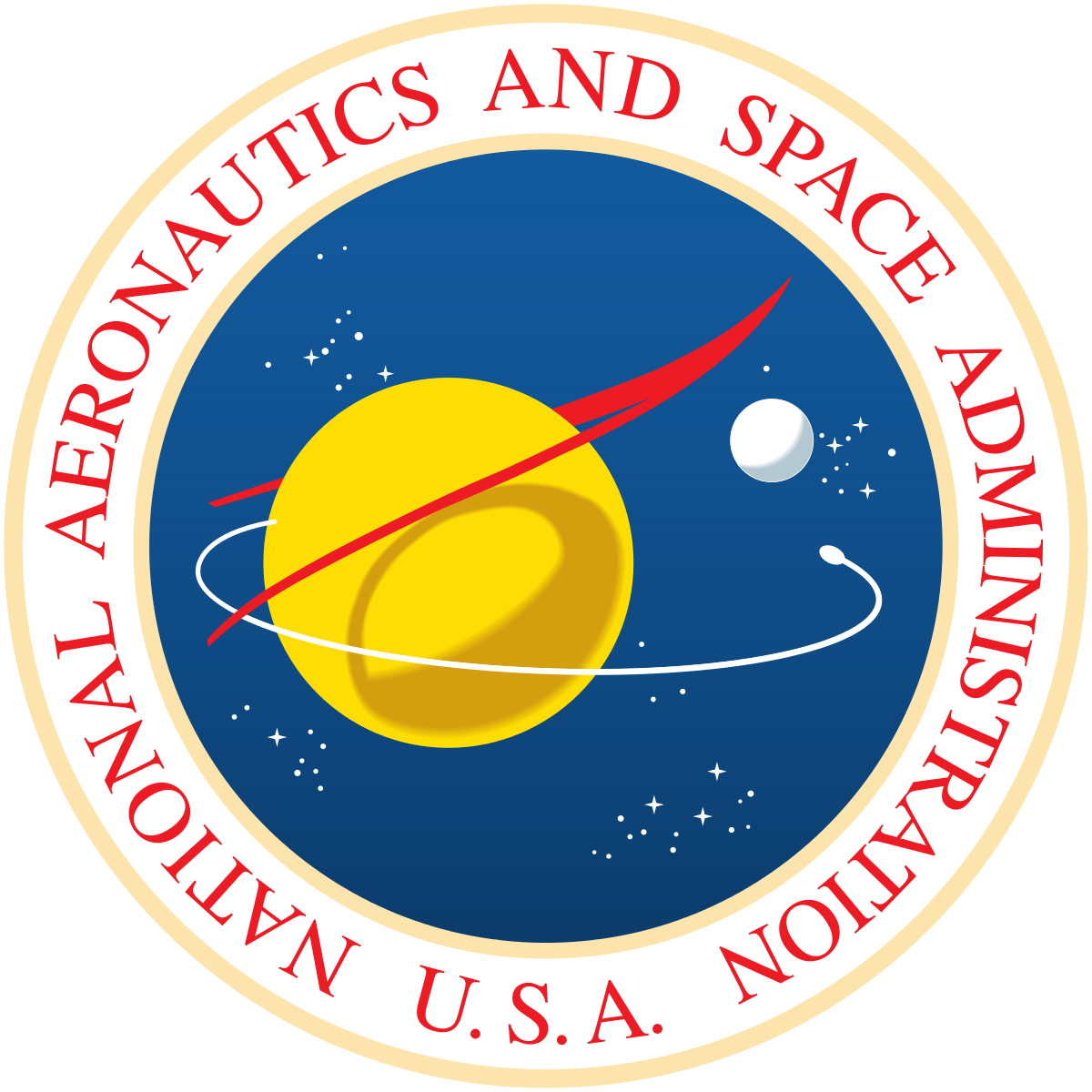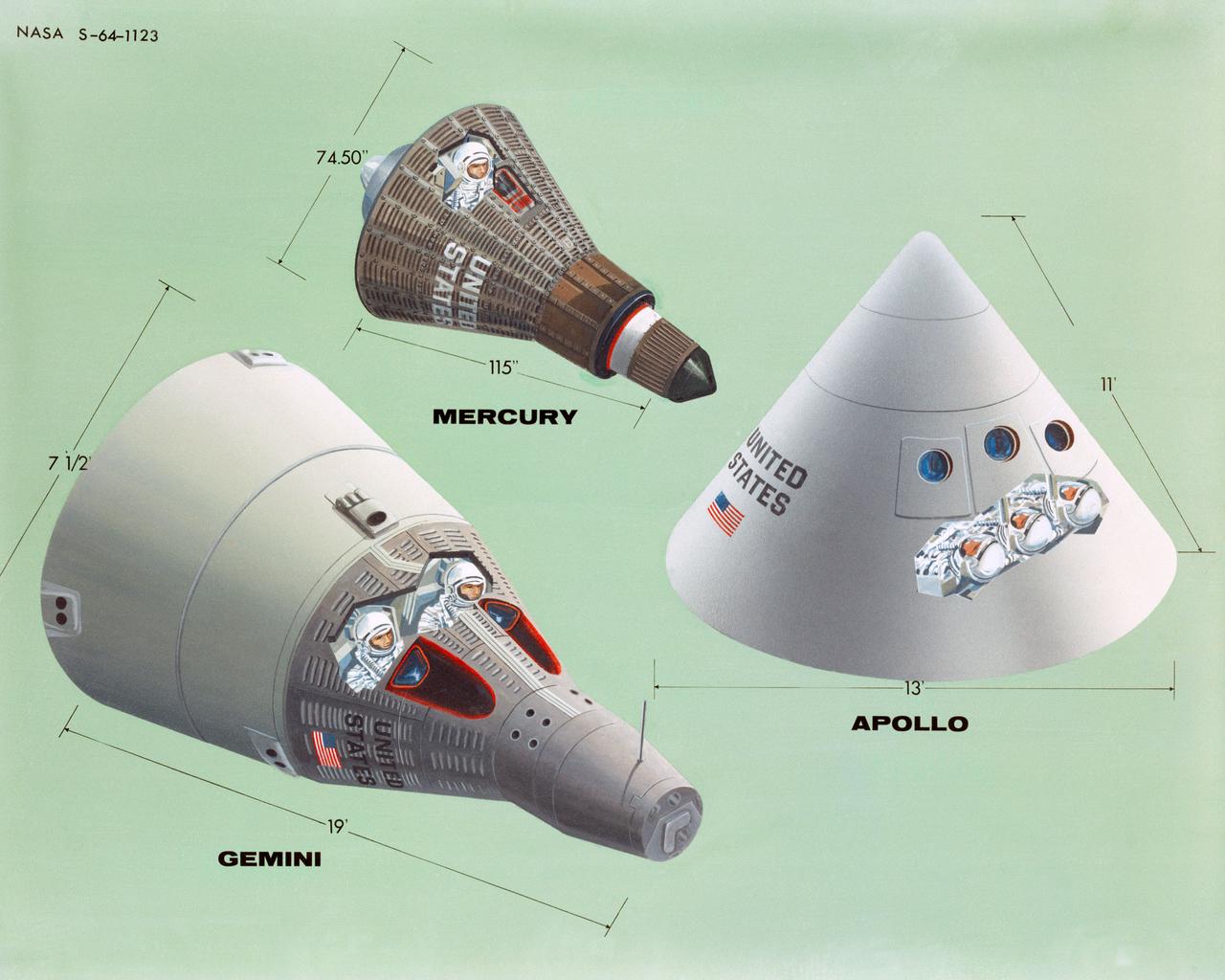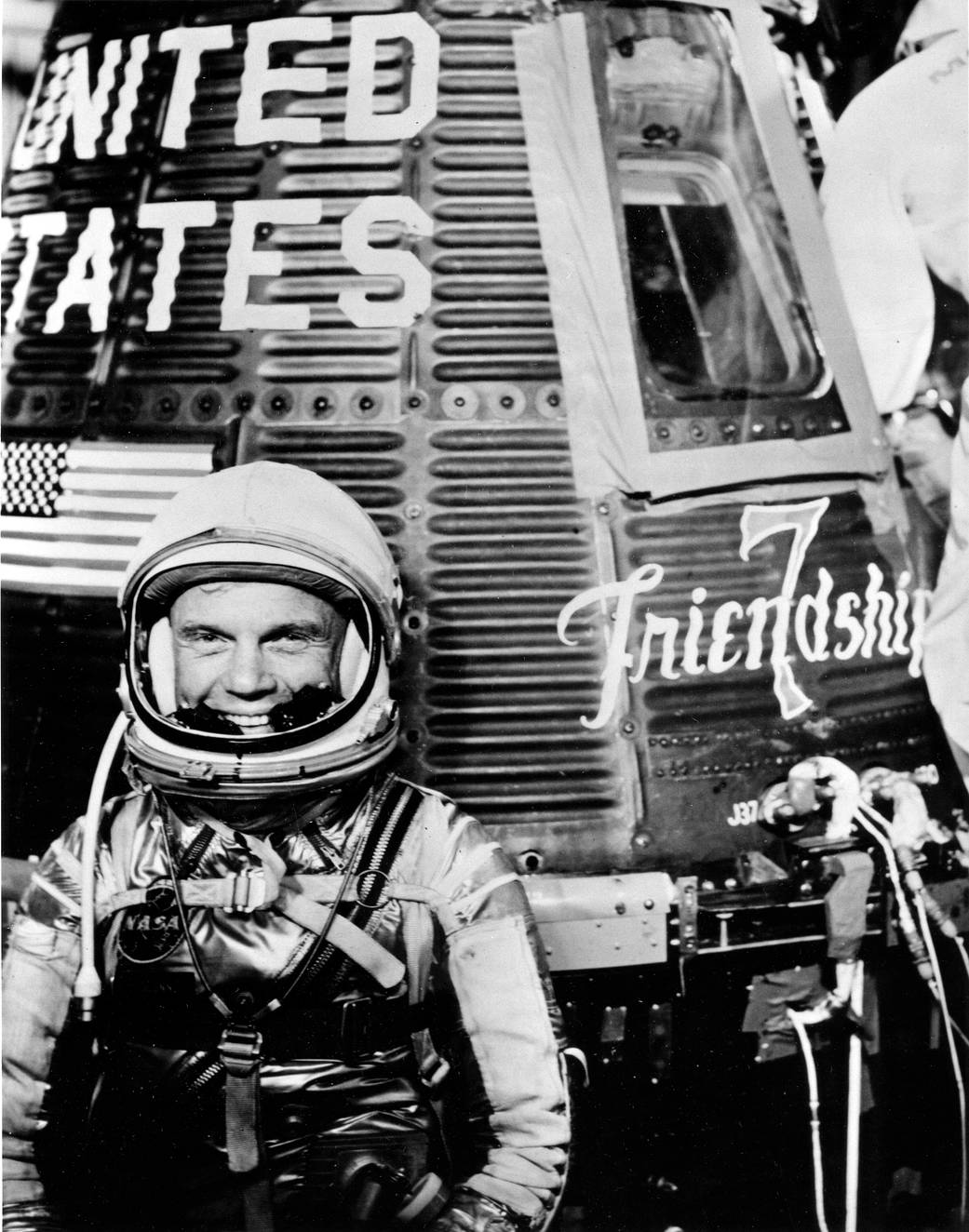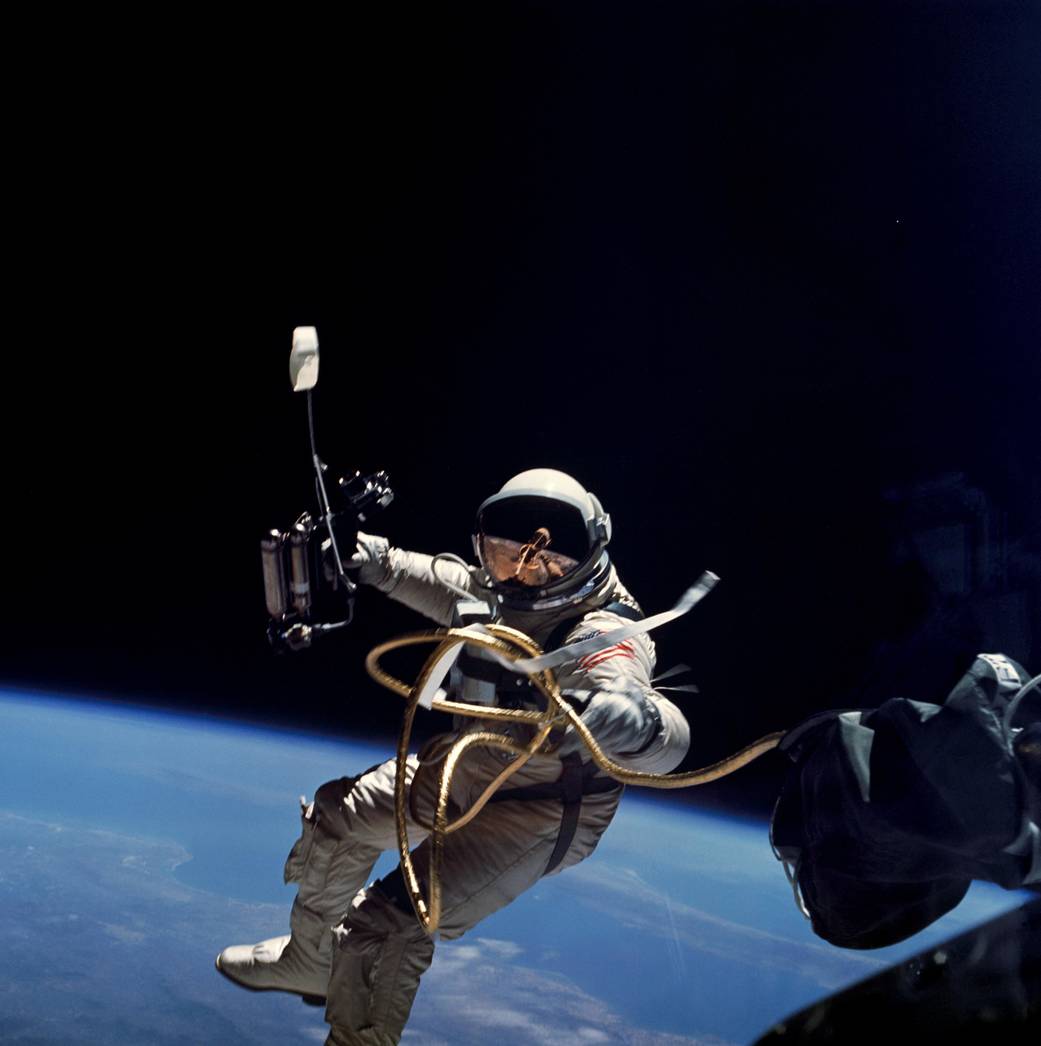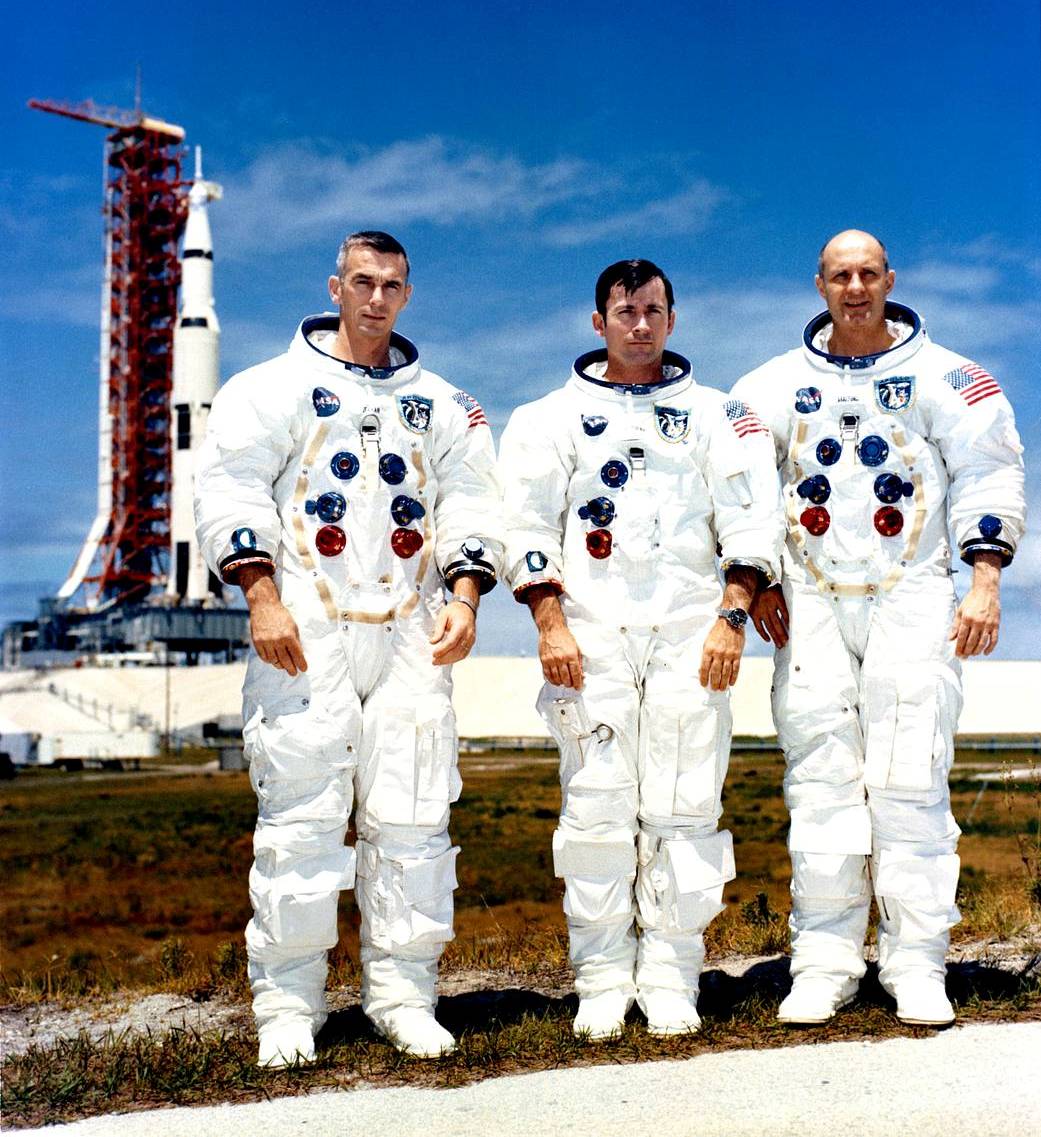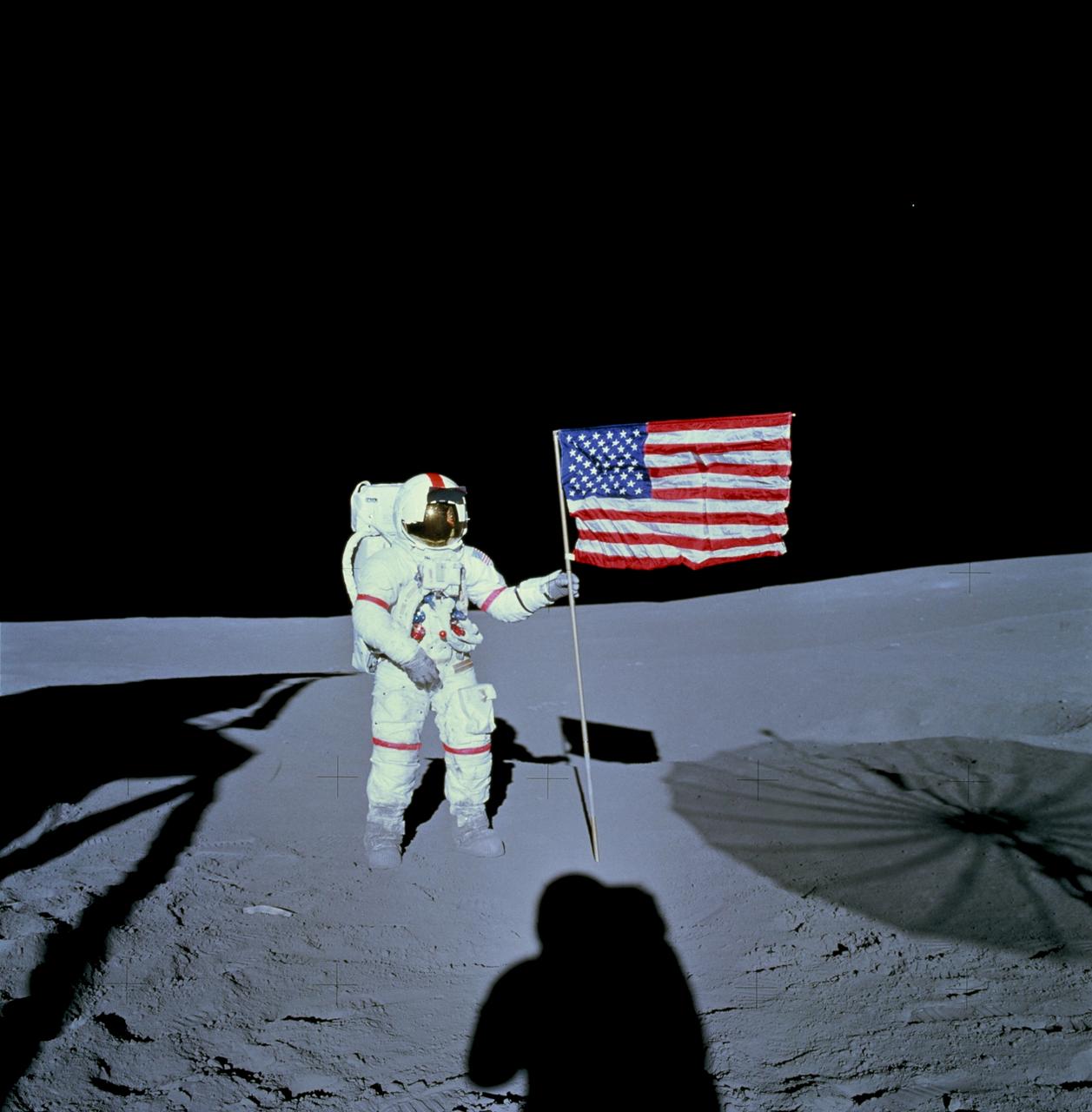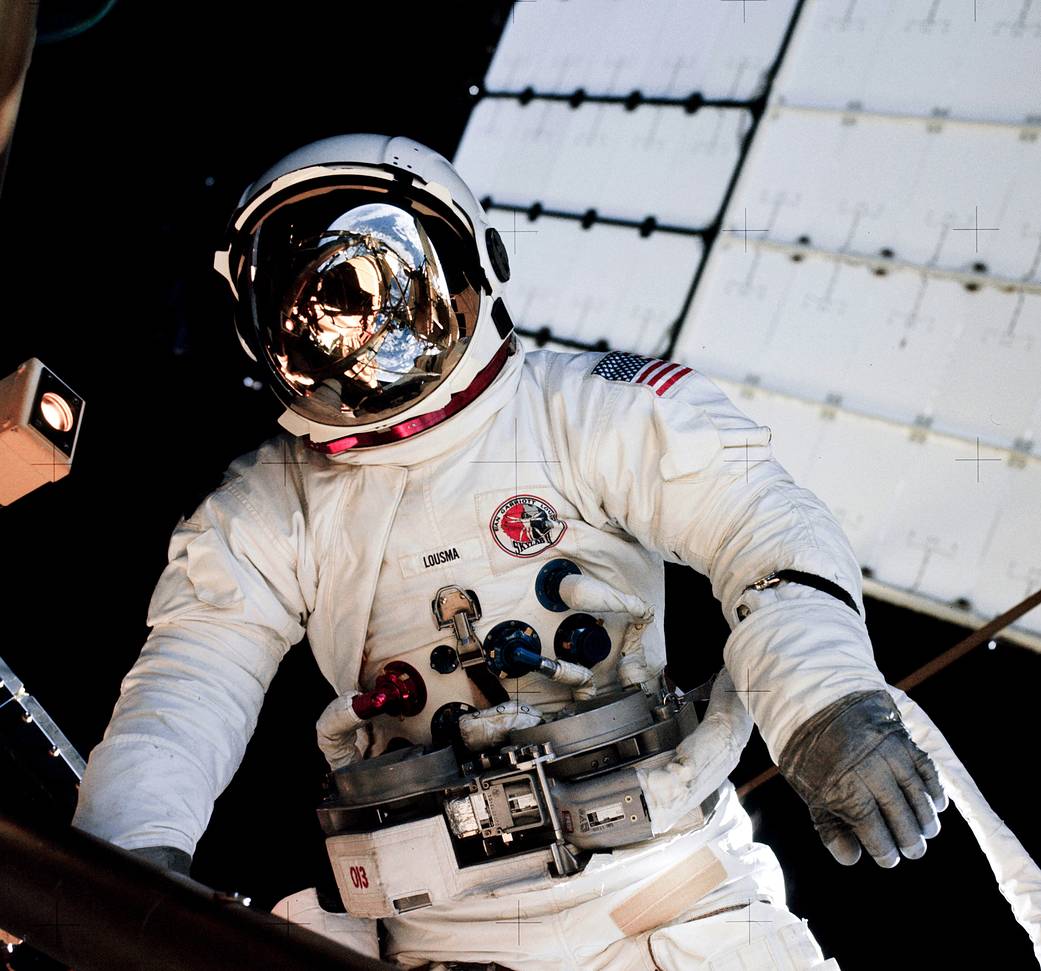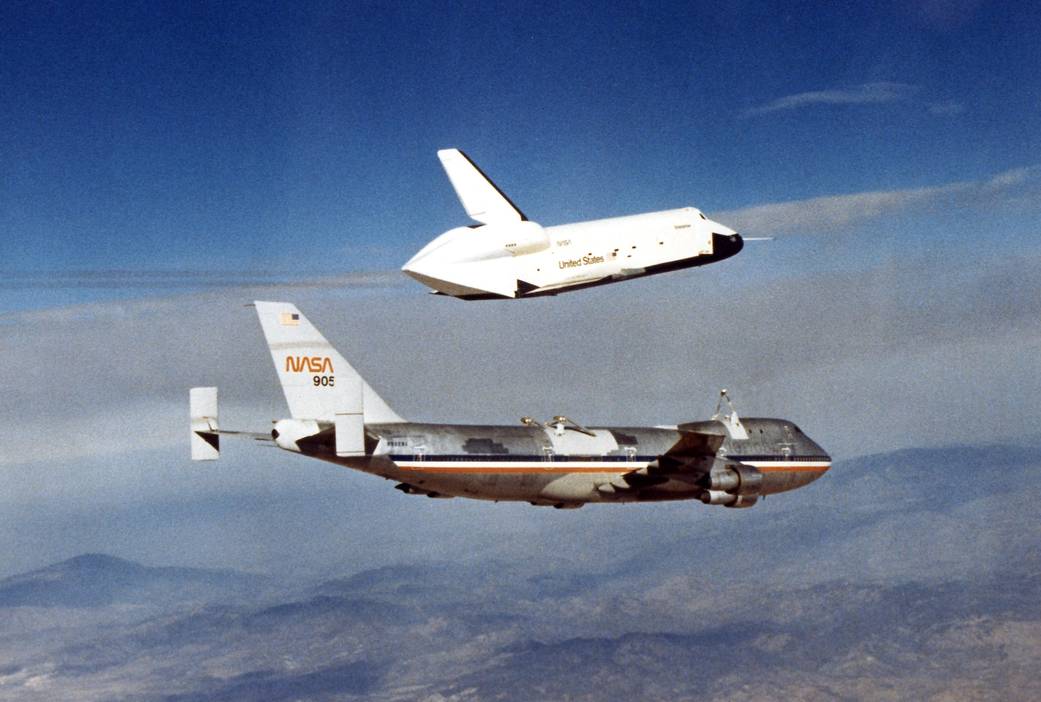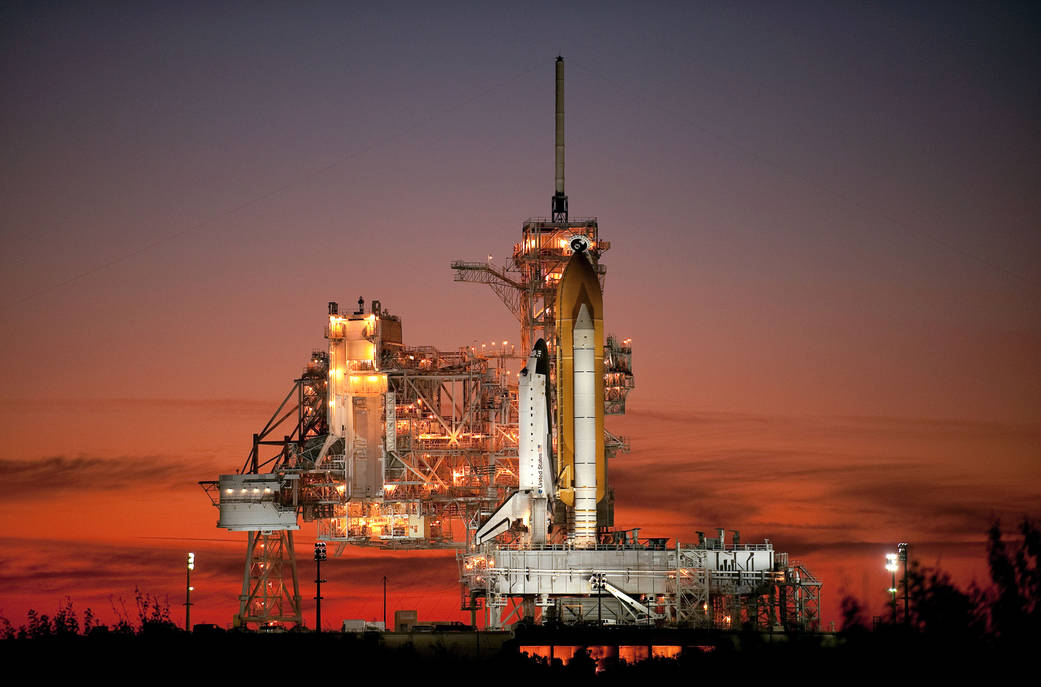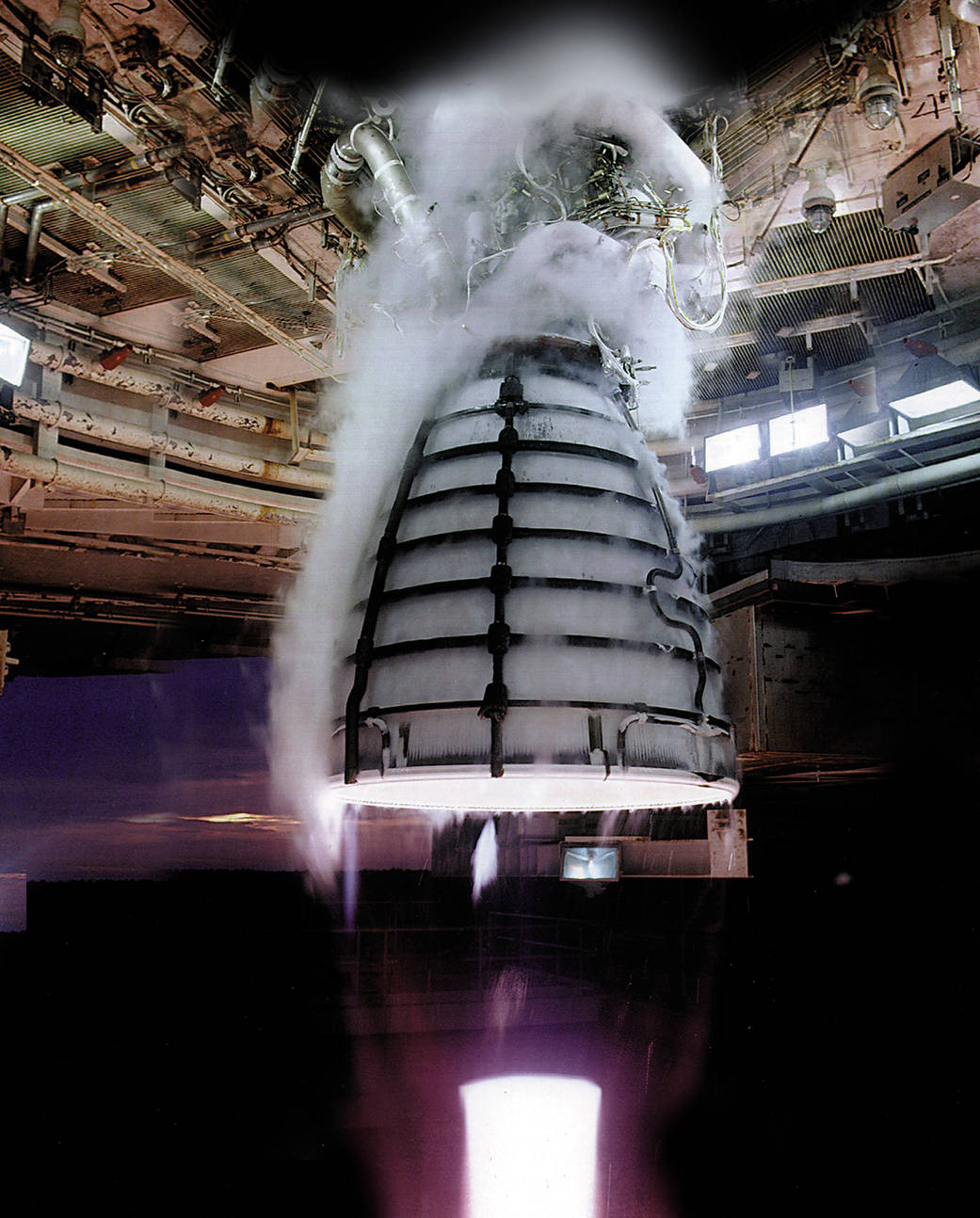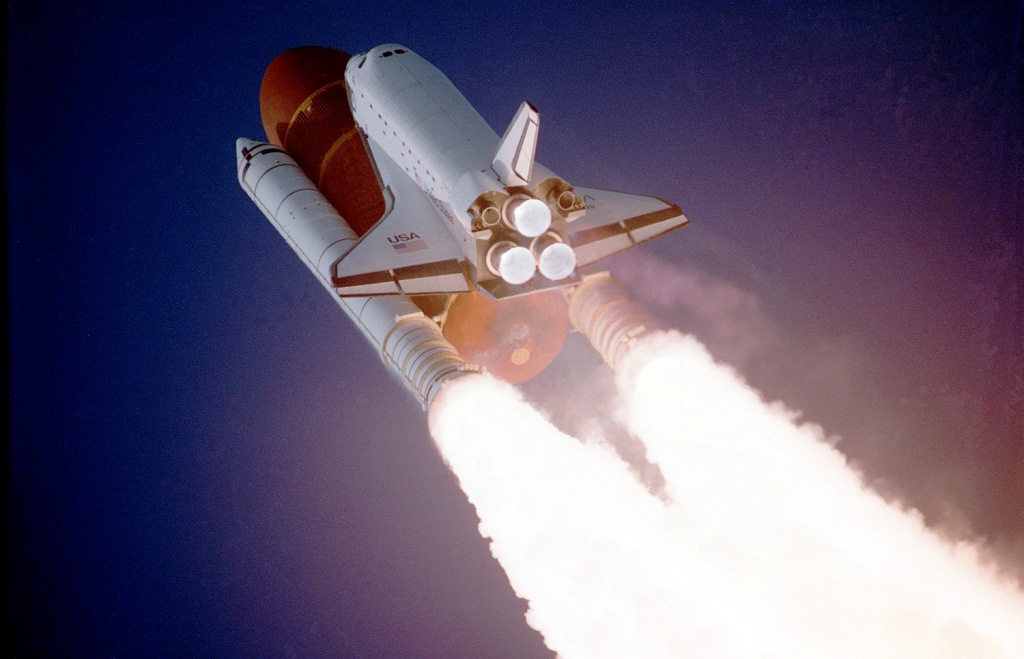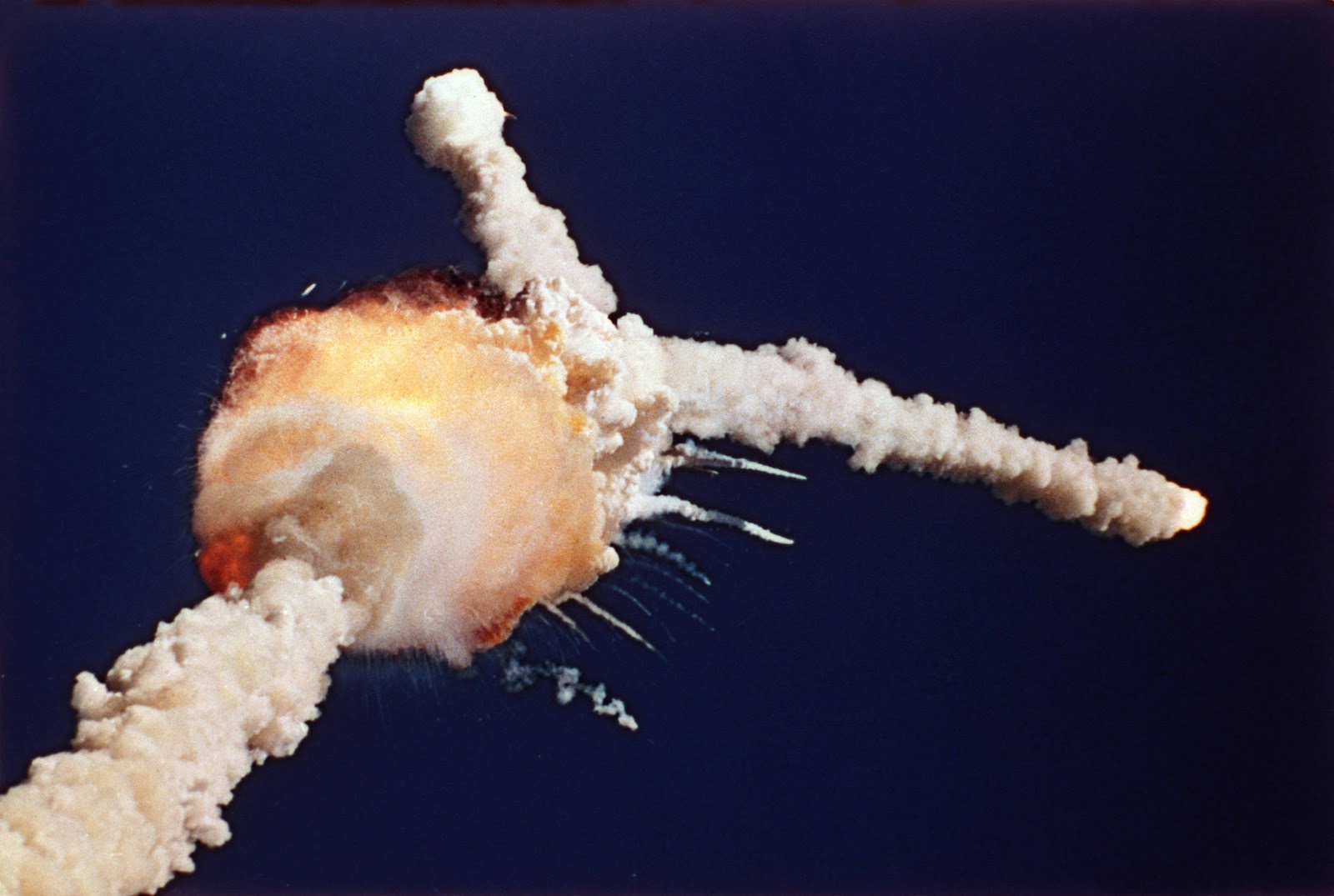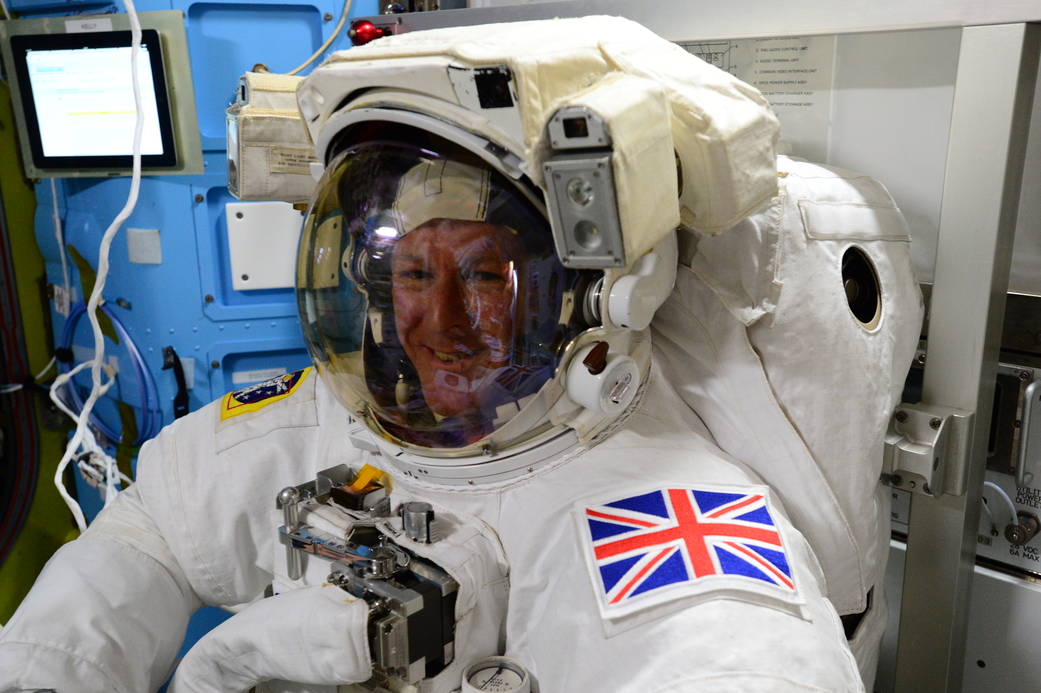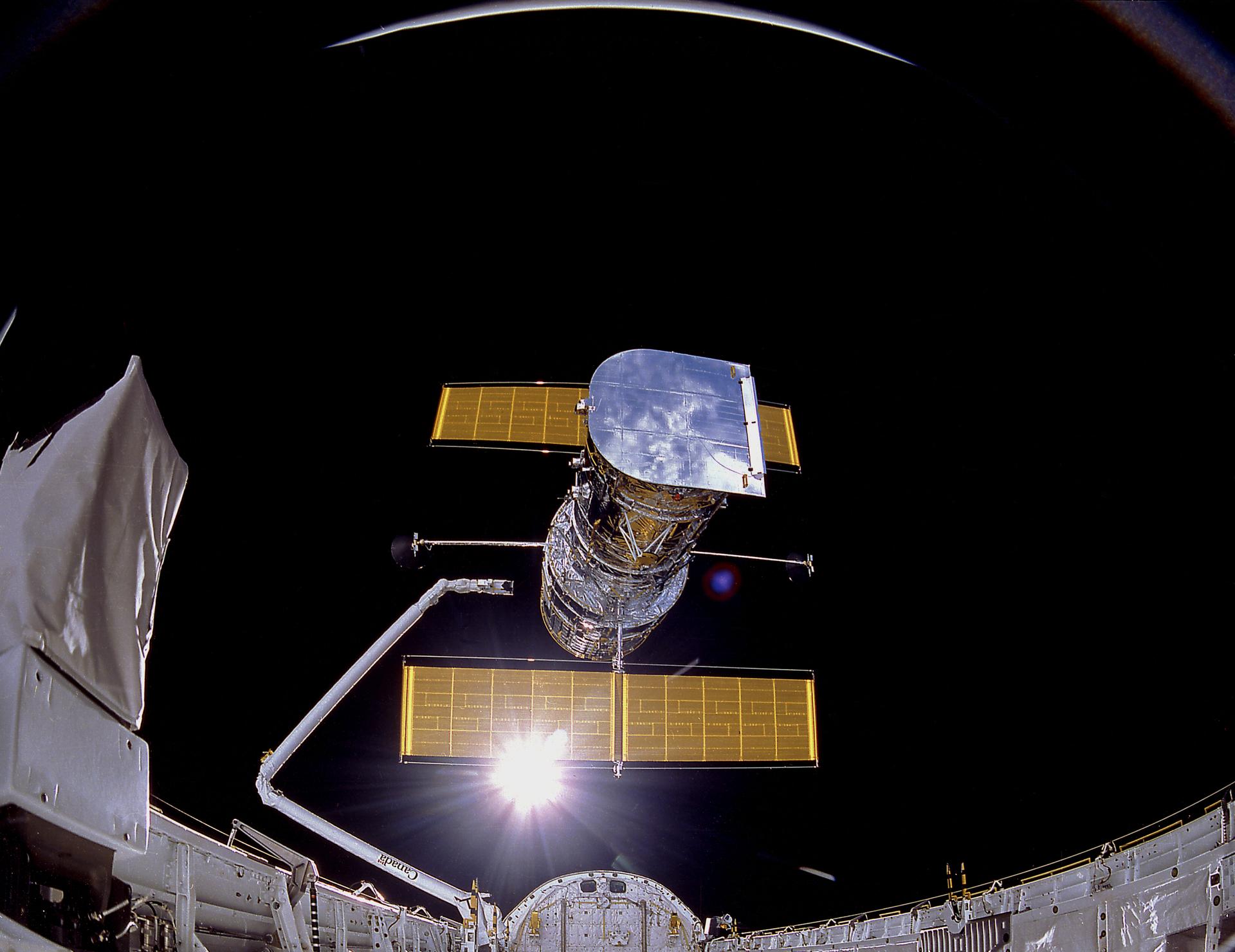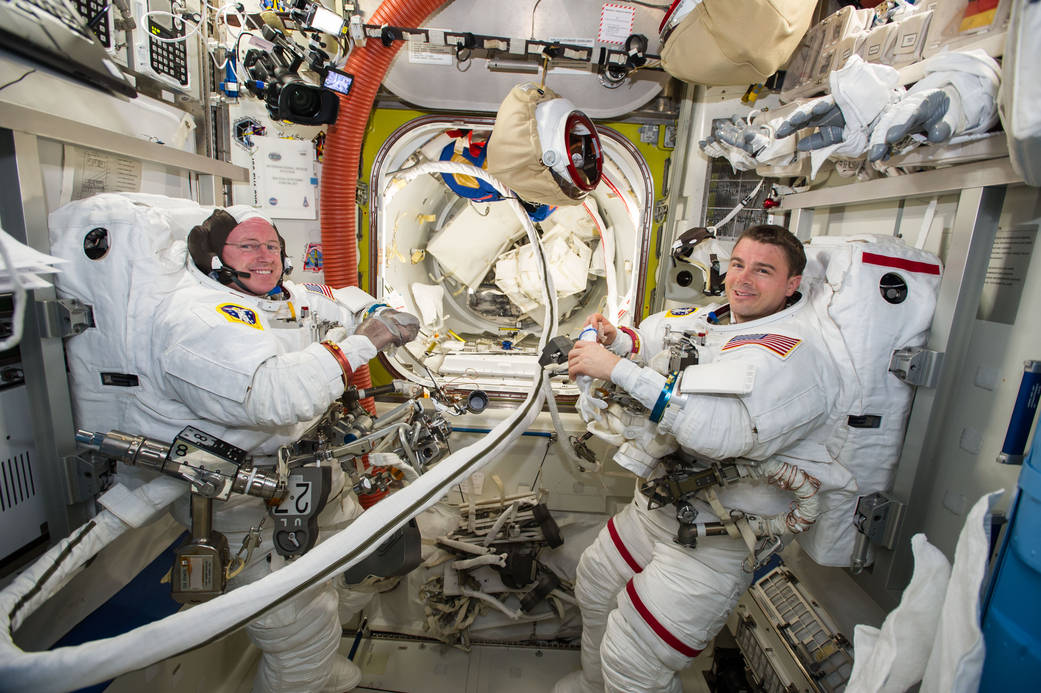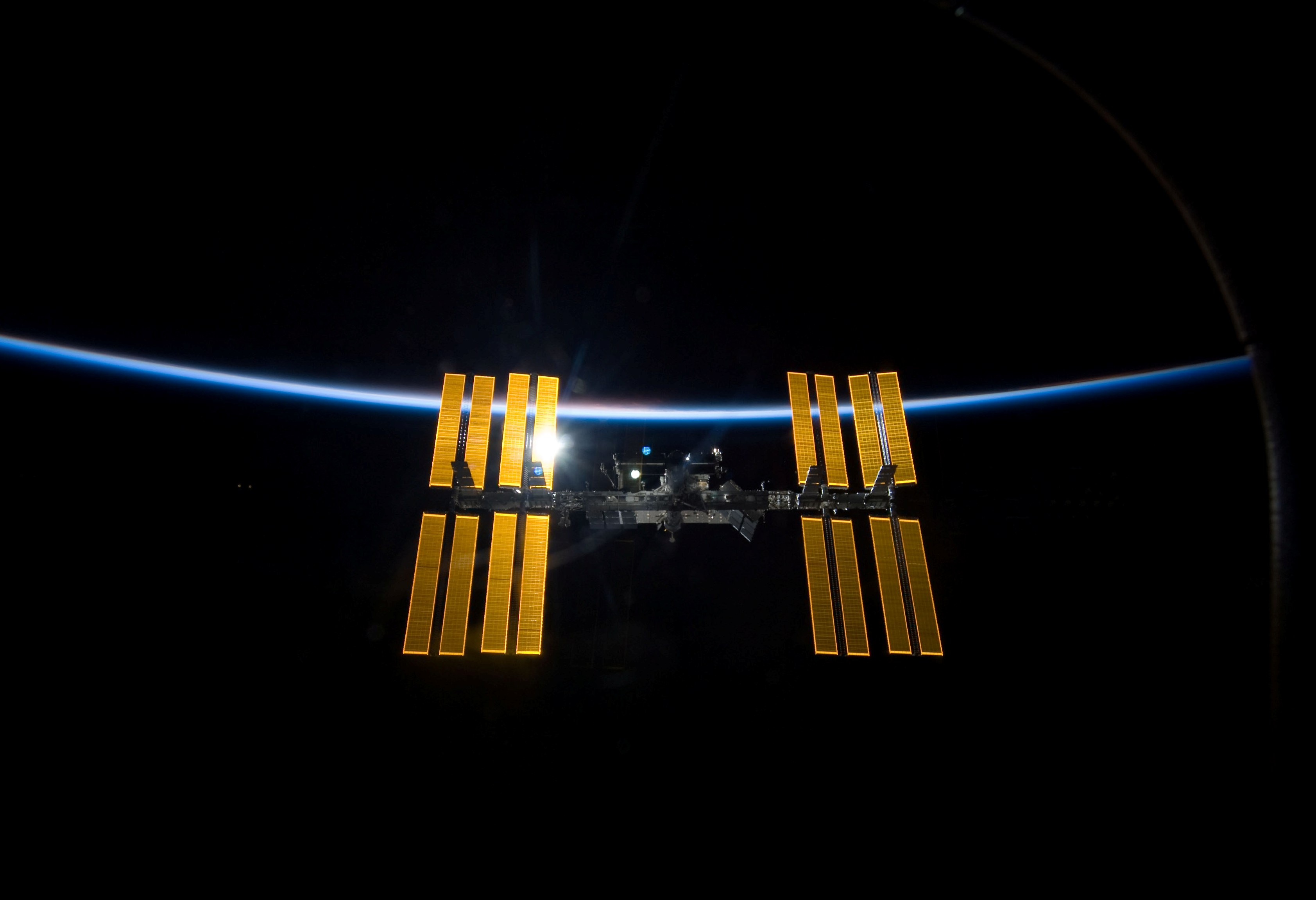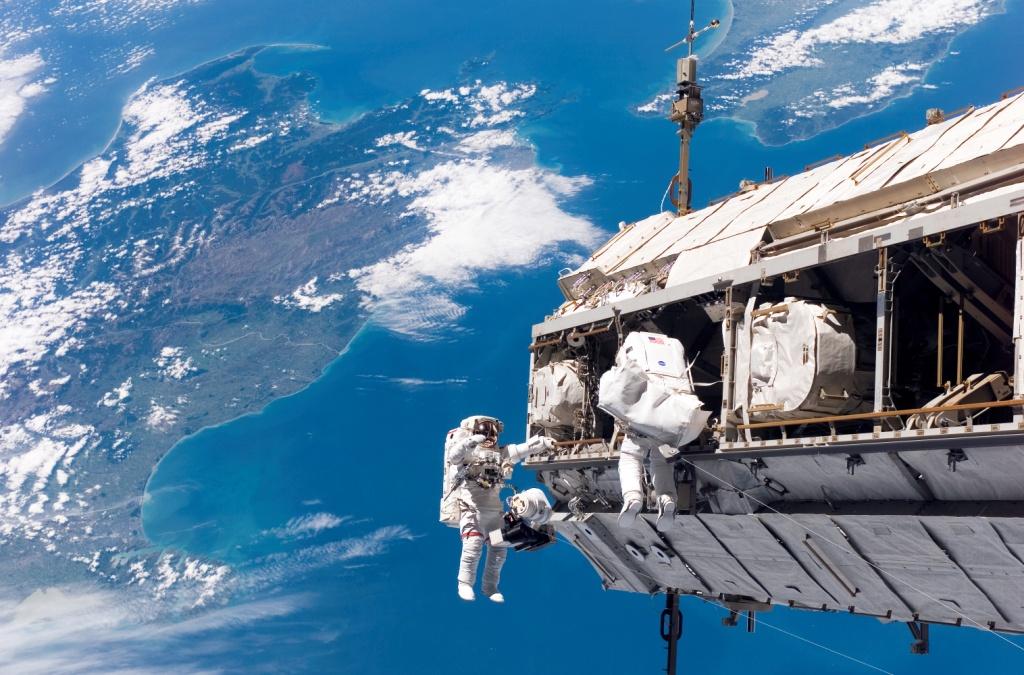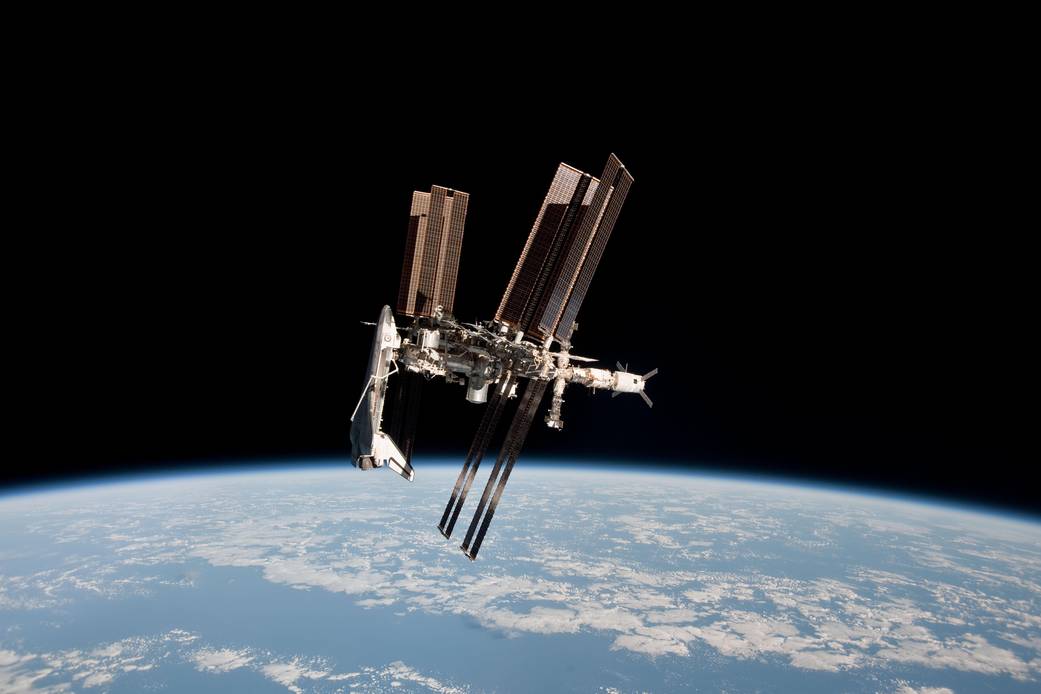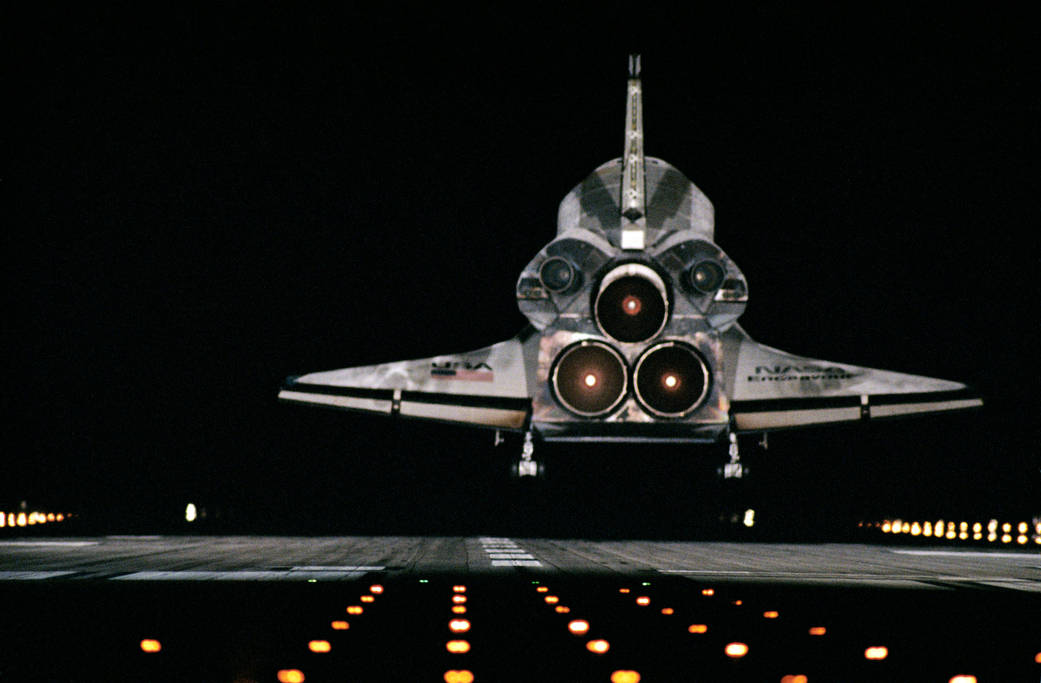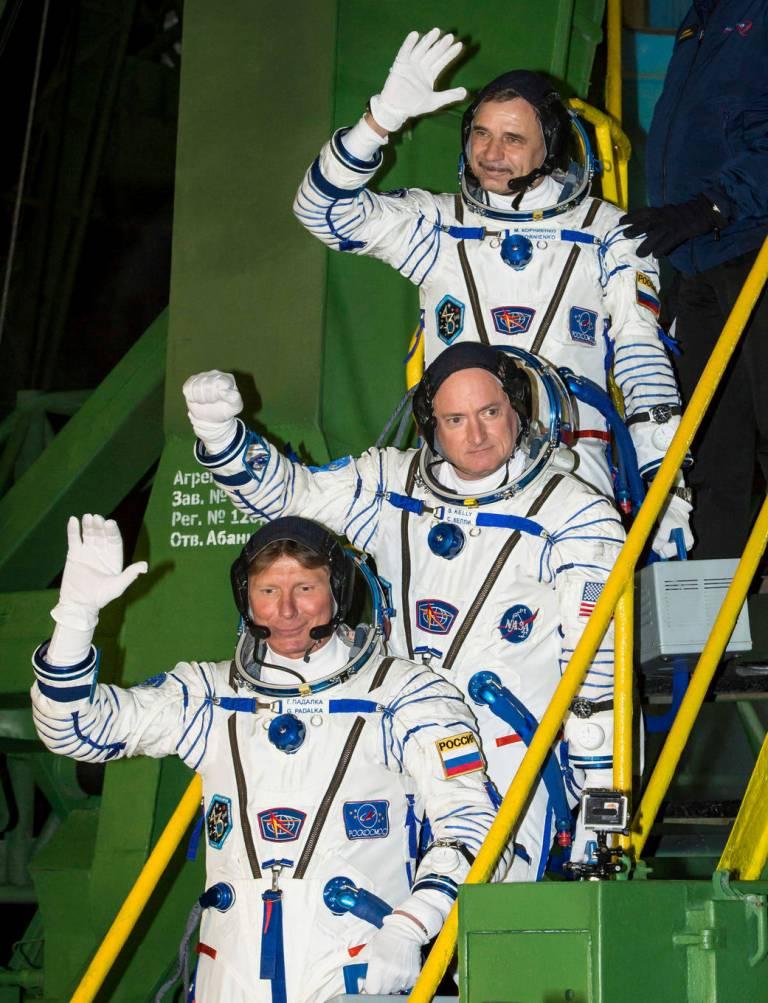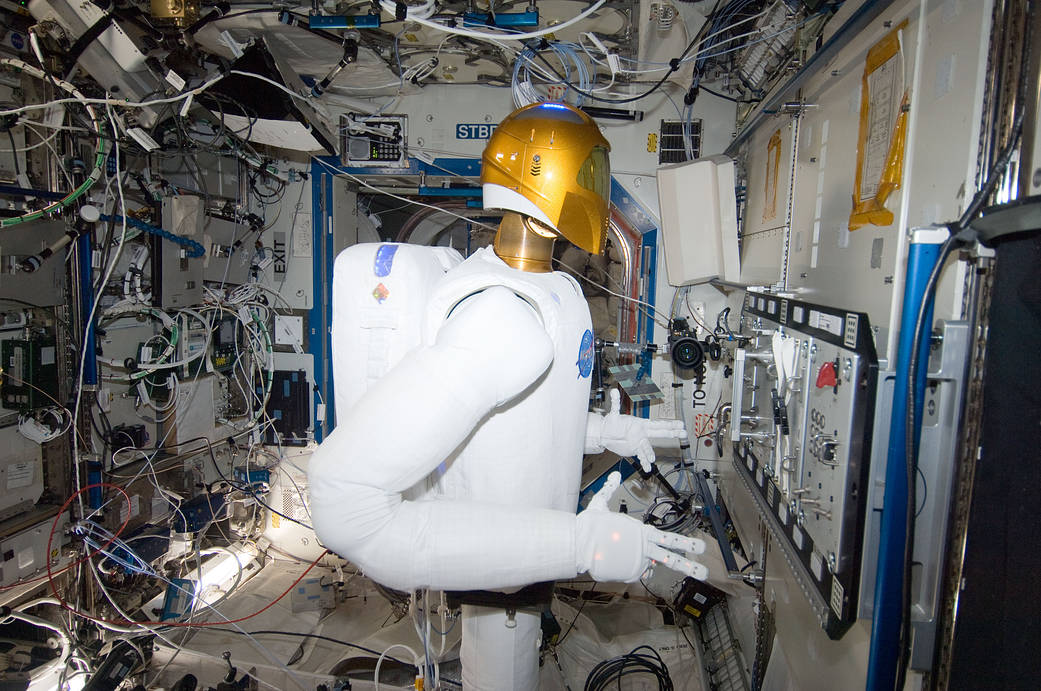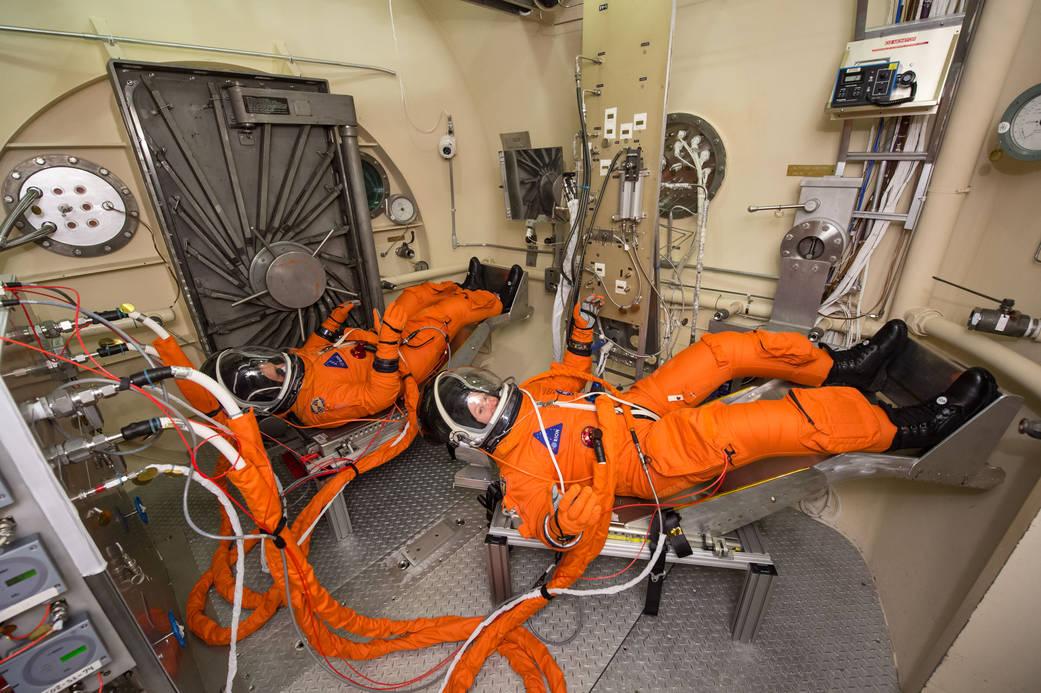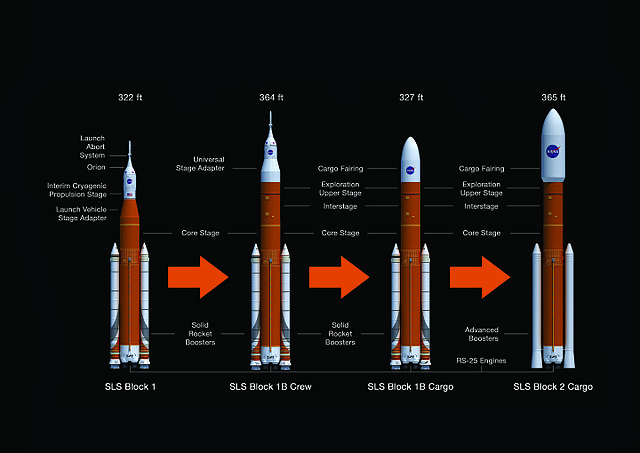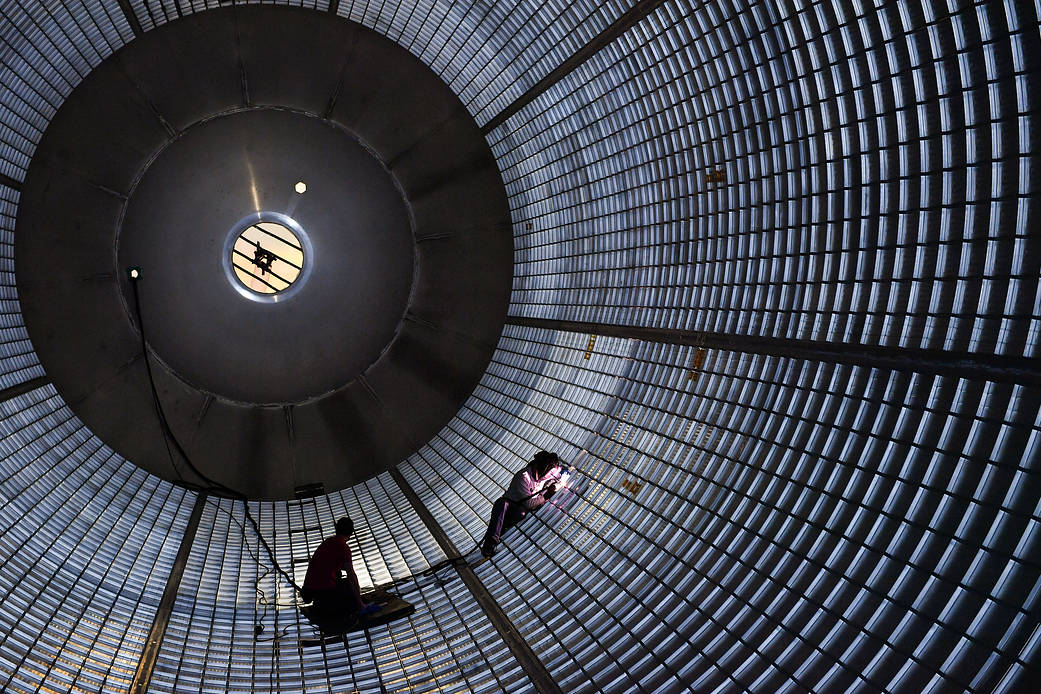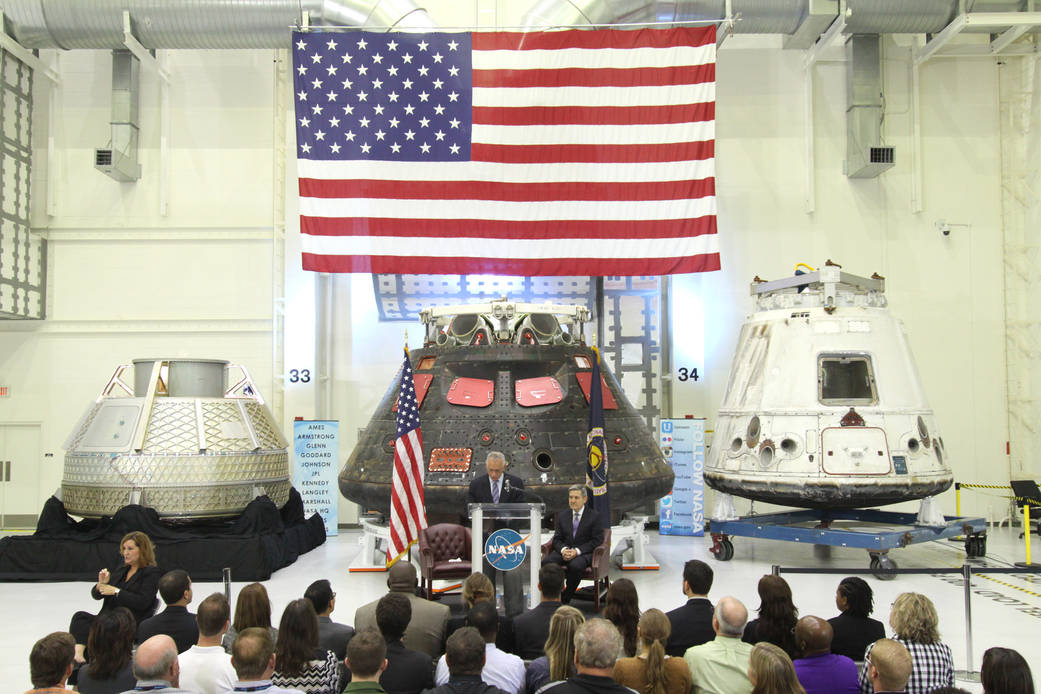America’s National Aeronautics And Space Administration (NASA)
'For The Benefit Of All'
Established in 1958, following the successful launch of the first artificial satellite by the USSR, the National Aeronautics and Space Administration (NASA) has led the United States space exploration efforts through the various human spaceflight programs, in addition to the robotic exploration of the solar system. Despite NASA’s many successes in the past, the agency continues to launch additional missions to further understand our place in the Cosmos.
Fast Summary About NASA!
Since NASA was established, the agency has led the USA’s peaceful space science programs, but initially, NASA was charged with essentially winning the Space Race with the Soviet Union, to not only develop spaceflight technology but to put a man on the Moon first.
NASA’s initial manned spaceflight programs were Project Mercury, Project Gemini followed by the Apollo Program which would come to an exciting end by landing 12 men on the Moon between 1969 and 1972 - essentially winning the Race to the Moon. Following the success of the moon landings, NASA began to place a greater focus on scientific missions through the Skylab space station, the partially reusable Space Shuttle and currently partnering to construct and operate the International Space Station (ISS).
The agency is also overseeing an important change; the fostering and integrating of the private industry into space through the Commercial Resupply Services (CRS) to the ISS and the Commercial Crew Development (CCDev) programs. It is hoped these will bring down launch costs and make space more accessible.
The goal of NASA’s future human spaceflight program hasn’t always been clear lately, nevertheless NASA is currently developing the Orion crew capsule which will be capable of once again launching NASA astronauts on deep space missions to the Moon, near-Earth asteroids and one day the Red Planet aboard NASA’s new Space Launch System (SLS) rocket.
In addition to human spaceflight, NASA has a strong focus on science to better understand the following;
- Earth through the Earth-observing satellites
- The study and observation of the Sun and its influence on Earth
- Exploring bodies throughout the solar system with advanced robotic spacecraft missions (including operating the Deep Space Network to communicate with them all)
- And the continued research into astrophysics topics, through the Hubble Space Telescope and the other space-based observatories
NASA has launched more than 1,000 unmanned missions over the years to explore the Earth, the planets, moons, asteroids and comets of the Solar System and continues to do so. You can check out the Current Missions and the exciting Future Missions to see where NASA is going next as there’s still so much to explore!
